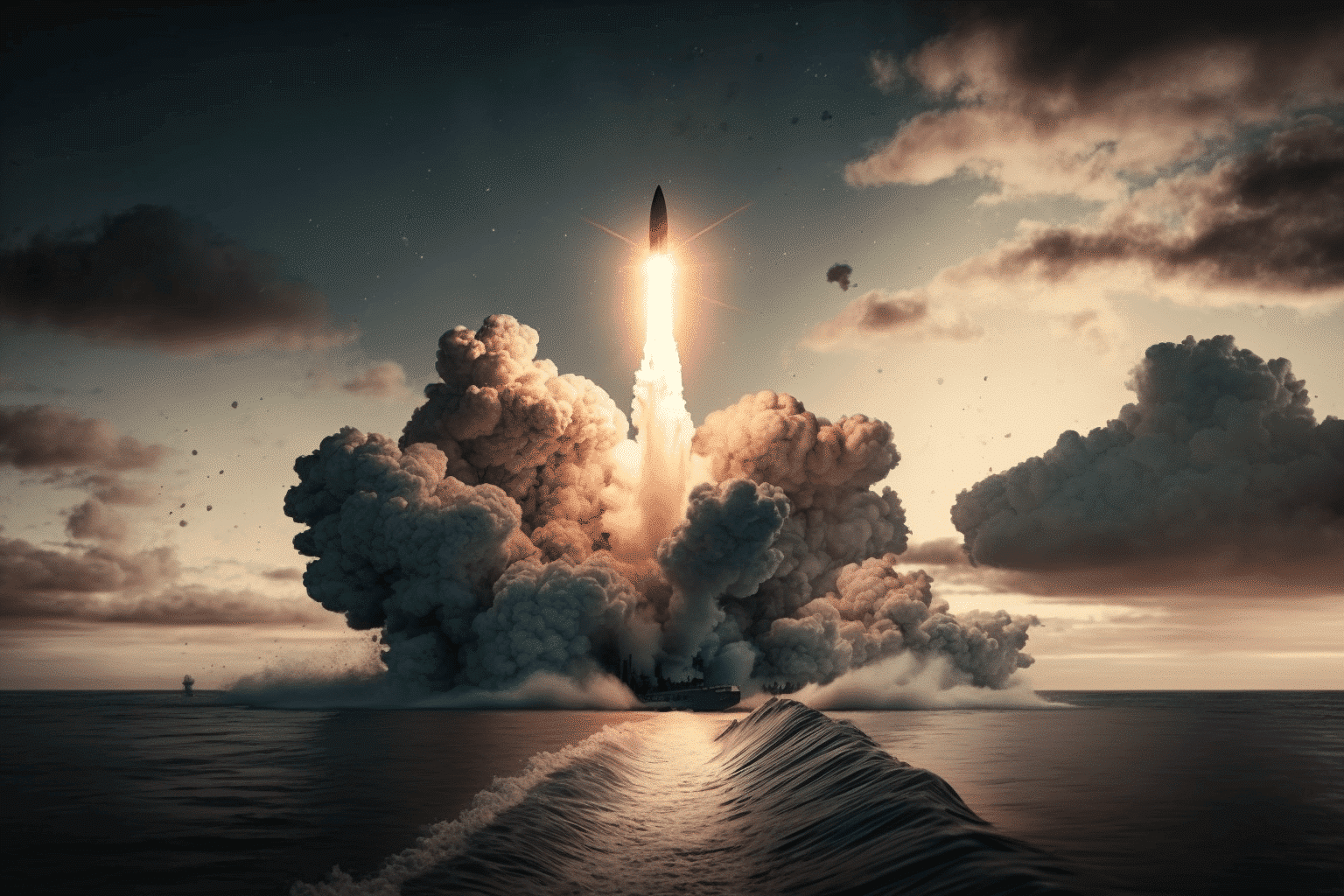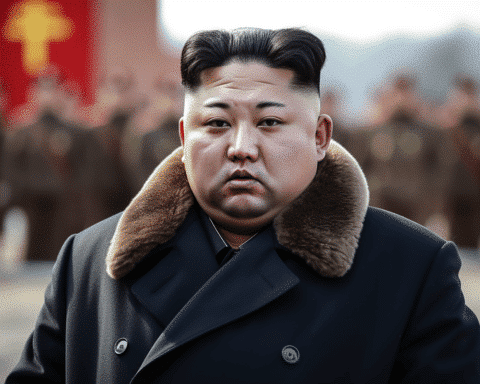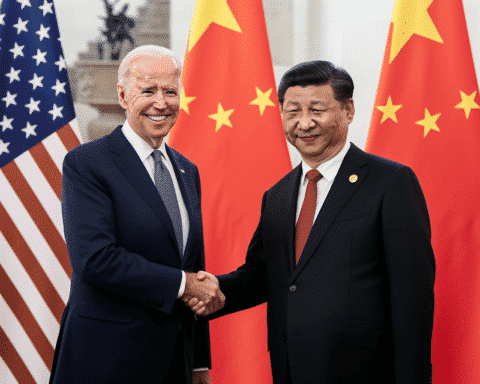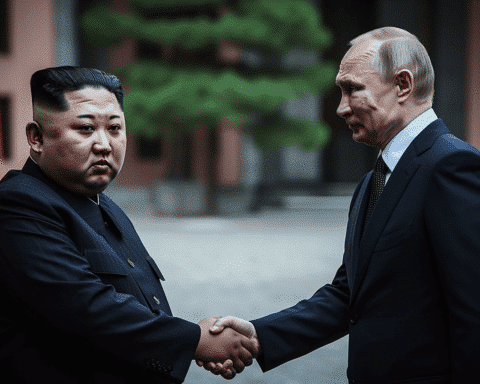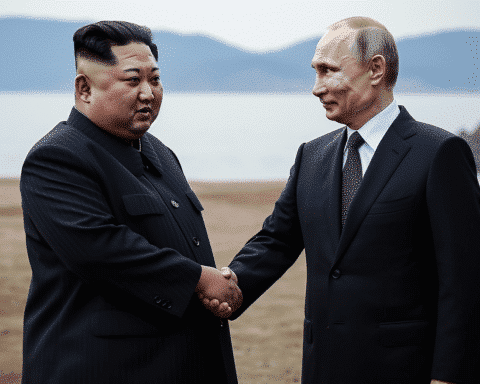North Korea’s recent missile launches have raised concerns and questions about the country’s growing nuclear arsenal.
Despite North Korea’s claims that its nuclear forces can destroy its rivals, many experts believe the country’s propaganda is exaggerated, and it cannot yet hit the United States or its allies with a nuclear weapon.
The main concerns revolve around whether North Korea has the technology to join its nuclear bombs to its missiles and if its Intercontinental Ballistic Missiles (ICBMs) can survive reentry into the Earth’s atmosphere.
North Korea has three types of ICBMs, the Hwasong-15, Hwasong-14, and Hwasong-17, all liquid-fueled and portrayed as nuclear-capable.
However, there are questions about whether the country is equipped with the technology needed to shield warheads from atmospheric reentry’s high-temperature and high-stress environment.
In North Korea, dozens of nuclear warheads are believed to exist, but it is unclear if missiles can be fitted with them.
North Korea has been developing short-range, solid-fuel, nuclear-capable missiles designed to strike South Korea and U.S. military targets following the collapse of diplomacy with the U.S. in 2019.
These so-called “tactical” nuclear weapons include multiple rocket launchers, missiles modelled after the Russian Iskander system, and intermediate-range, nuclear-capable missiles that can reach Guam.
Whether North Korea can arm its short-range missiles with nuclear warheads has not been independently confirmed.
Some of the country’s older missiles may be able to accommodate simple nuclear warheads, but smaller, more advanced warheads may require further advancements and nuclear tests.
Nuclear weapons are made from plutonium and highly enriched uranium produced at North Korea’s Yongbyon complex.
Despite the many unknowns surrounding North Korea’s nuclear arsenal, one thing is certain – its continued development and testing of these weapons pose a significant threat to international peace and security.
The international community must remain vigilant in monitoring North Korea’s actions, and efforts must be made to find a diplomatic solution to this ongoing issue.
In the meantime, countries in the region, including South Korea, Japan, and the United States, must take necessary measures to protect their citizens and maintain their military readiness.
This includes continued investments in missile defence systems and other security measures.
Furthermore, the world needs to remain committed to denuclearizing the Korean Peninsula and working towards a peaceful resolution.
This will require sustained engagement, diplomatic efforts, and a commitment to finding a peaceful solution that addresses the concerns and security of all parties involved.
The growing nuclear arsenal of North Korea continues to be a source of concern and uncertainty.
While the international community must remain vigilant, it is important to approach this issue cautiously and seek a peaceful resolution through diplomacy. Only then can we hope to achieve a stable and secure future for all regional nations.

